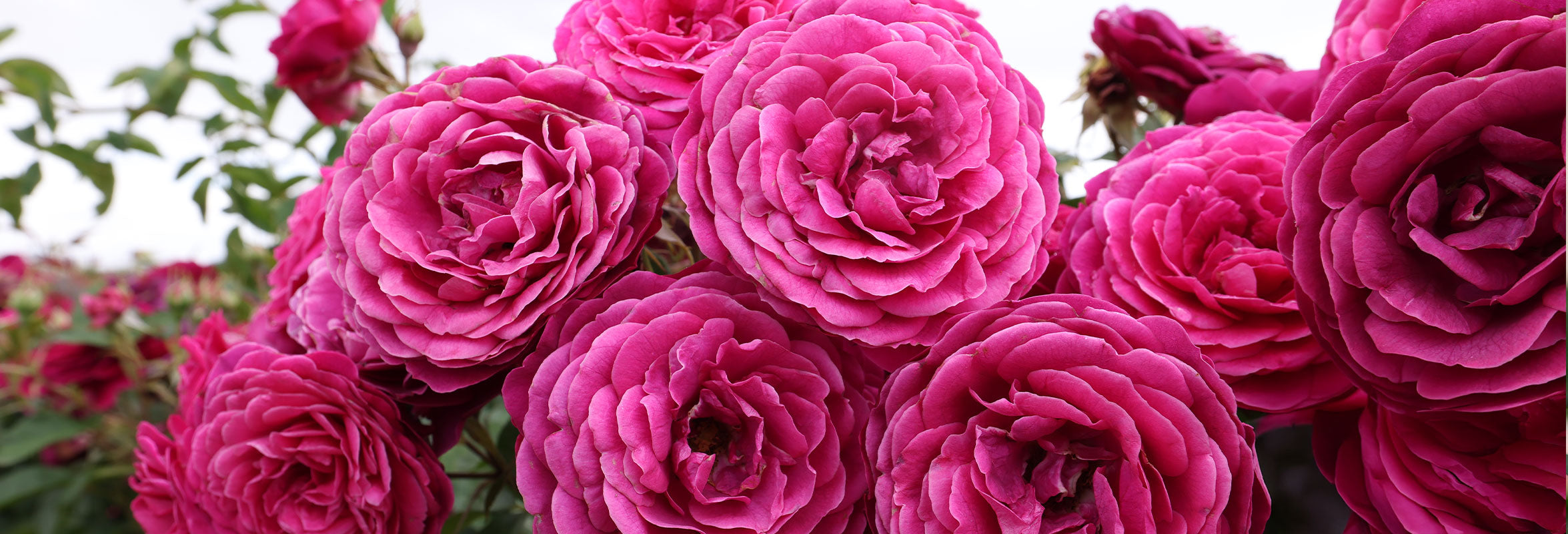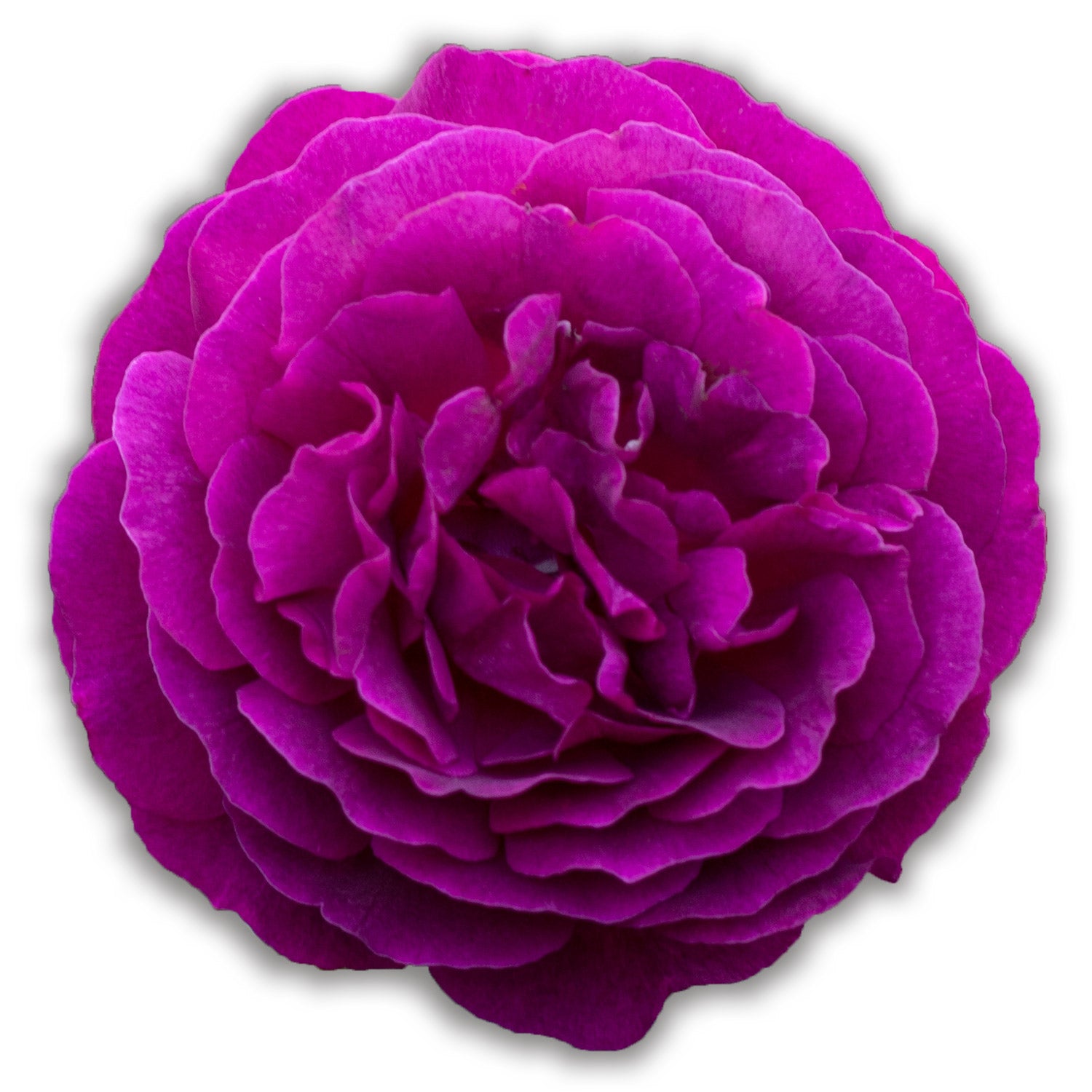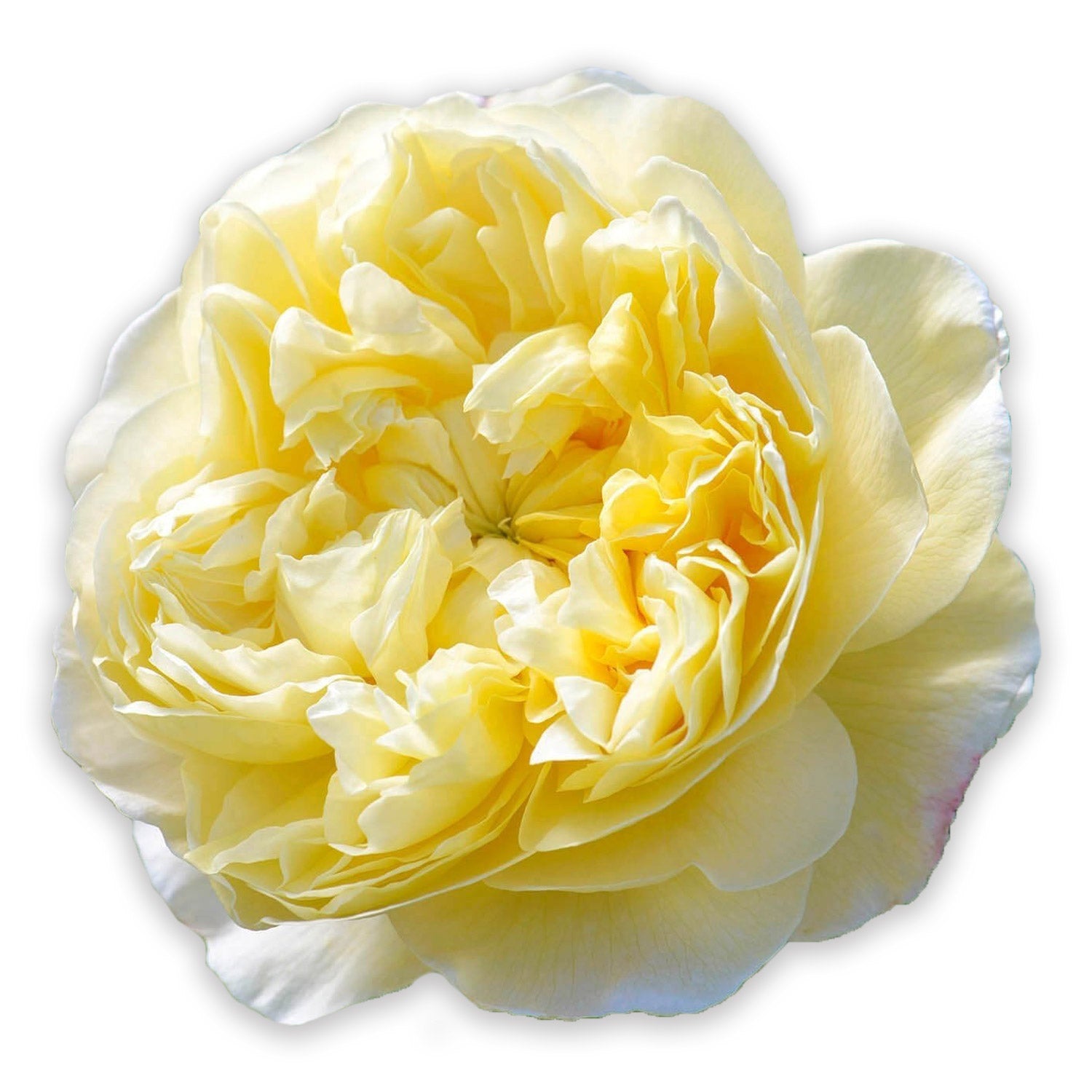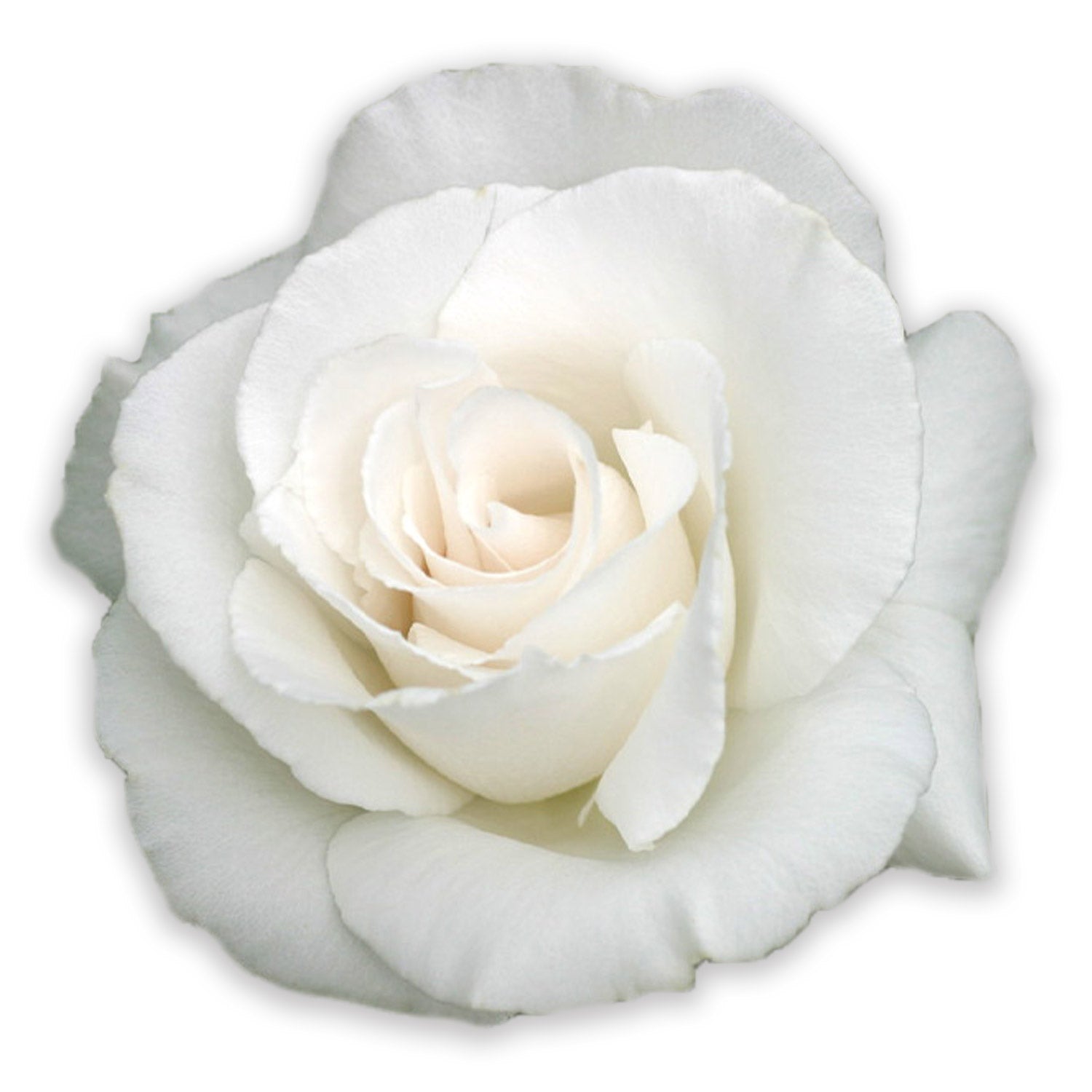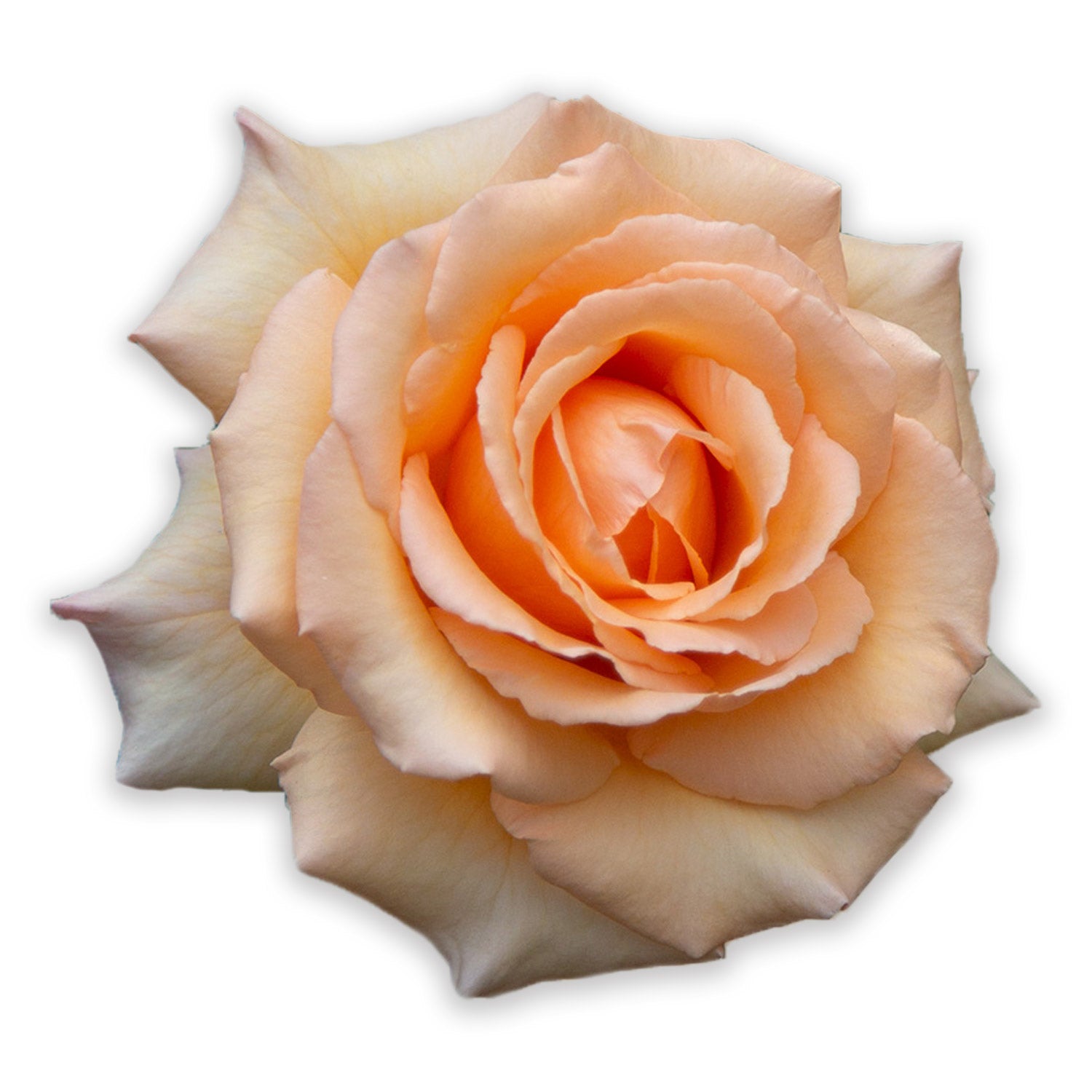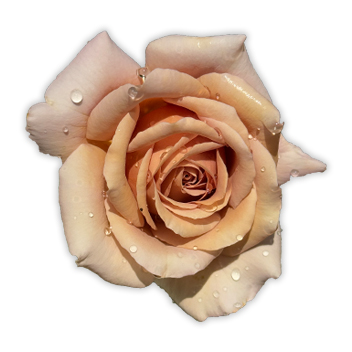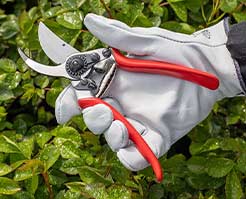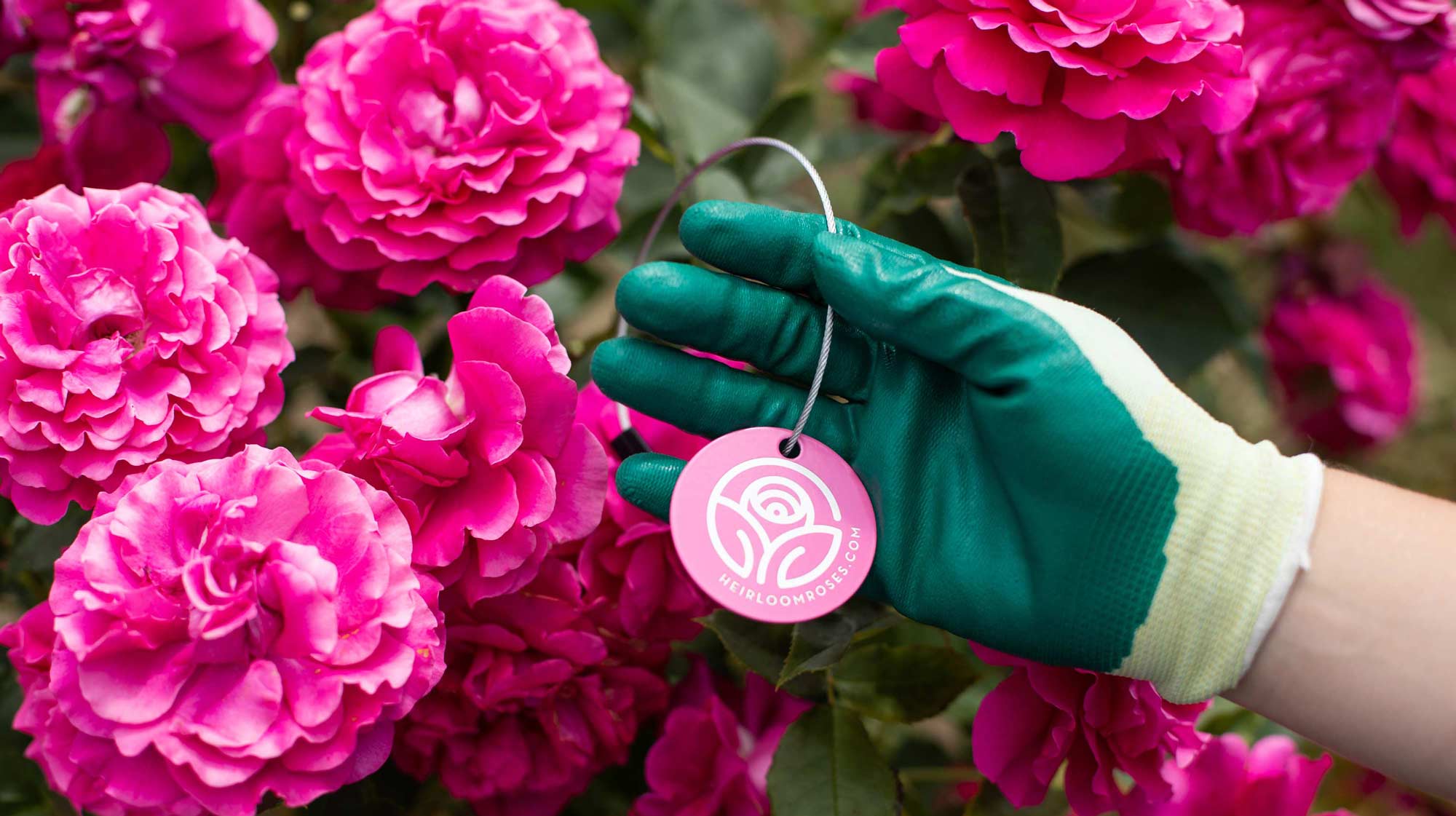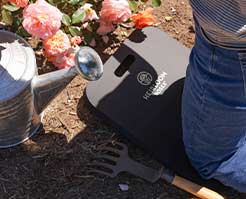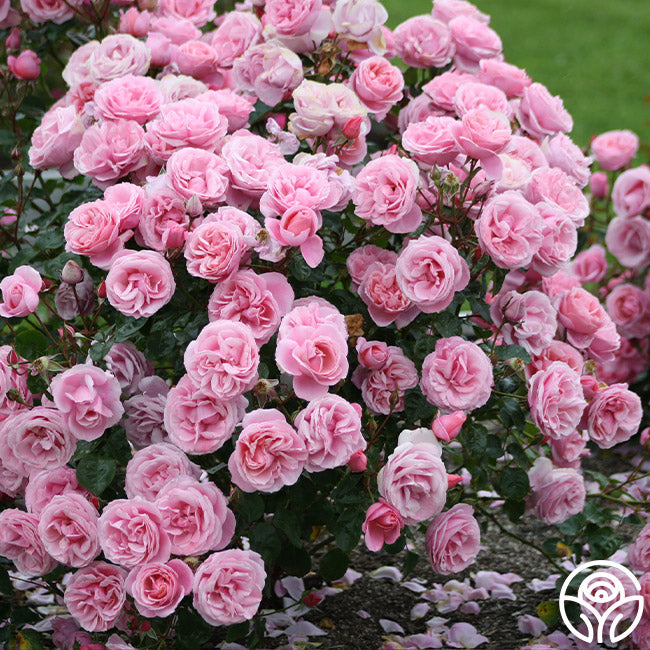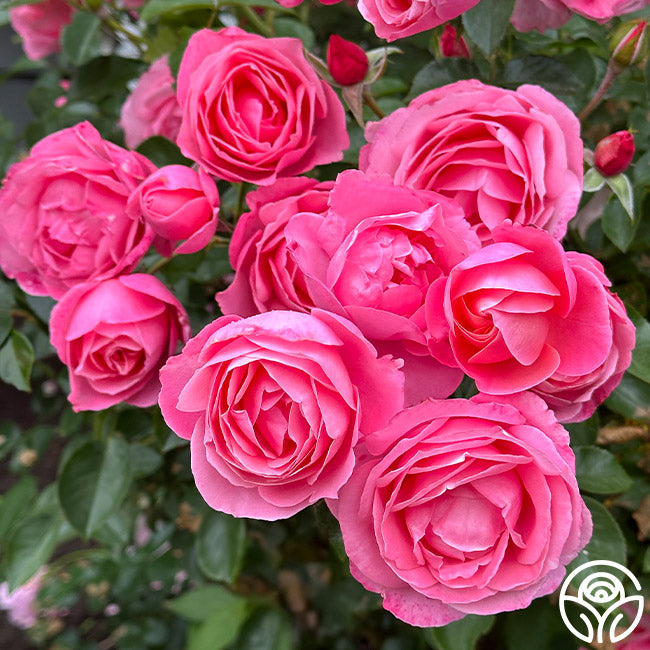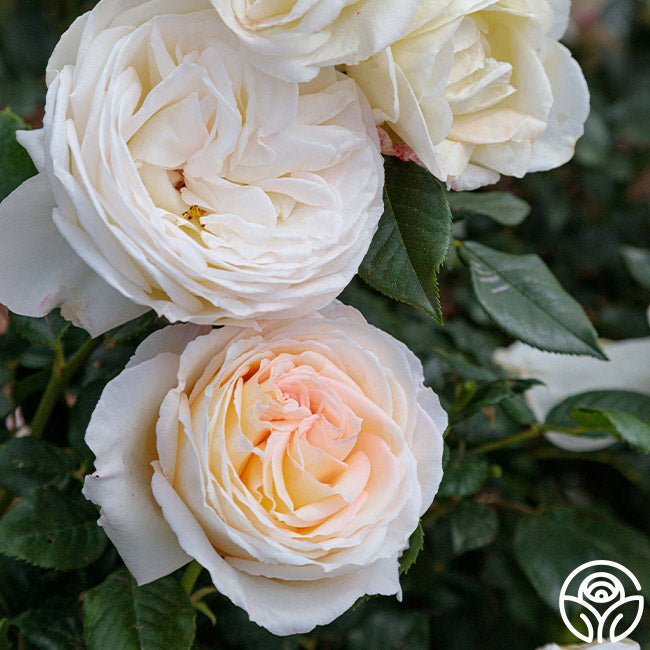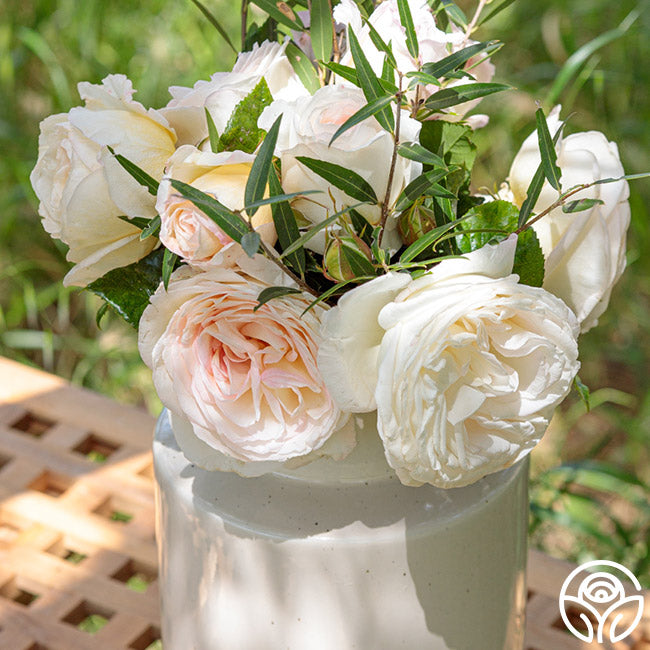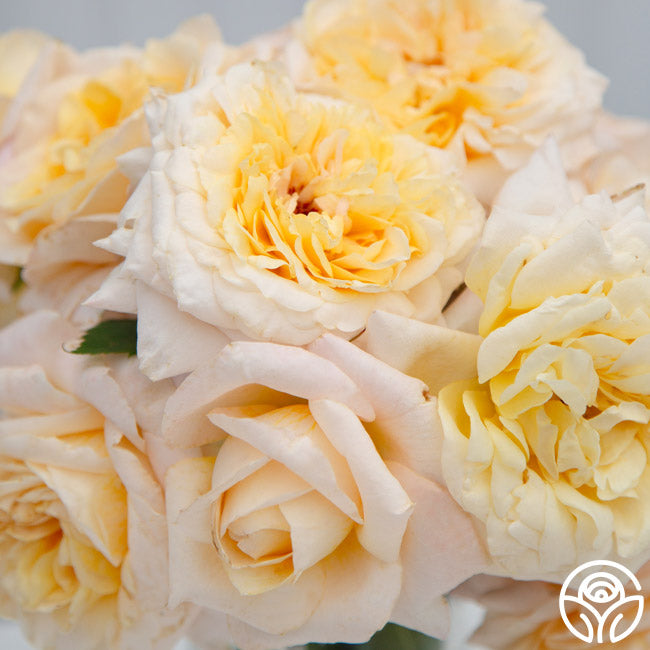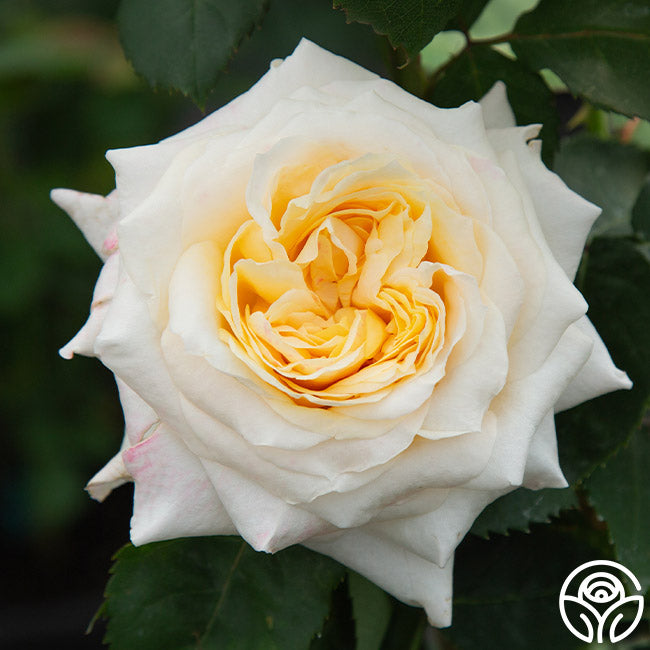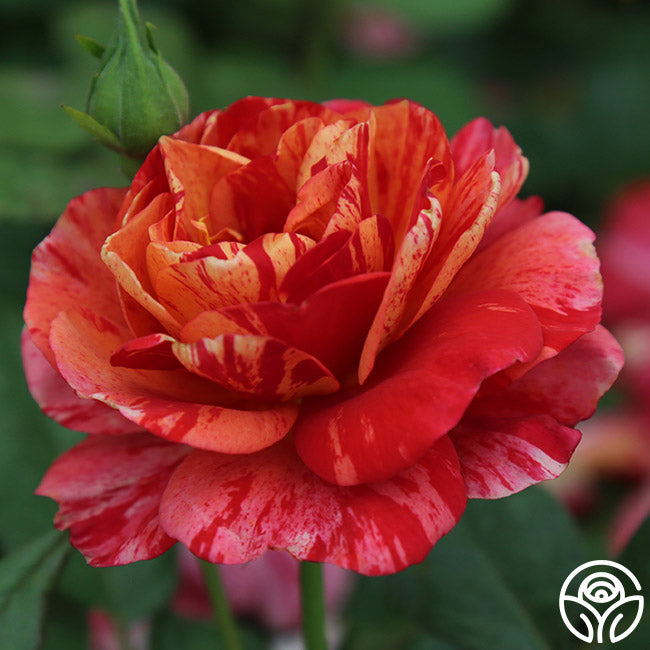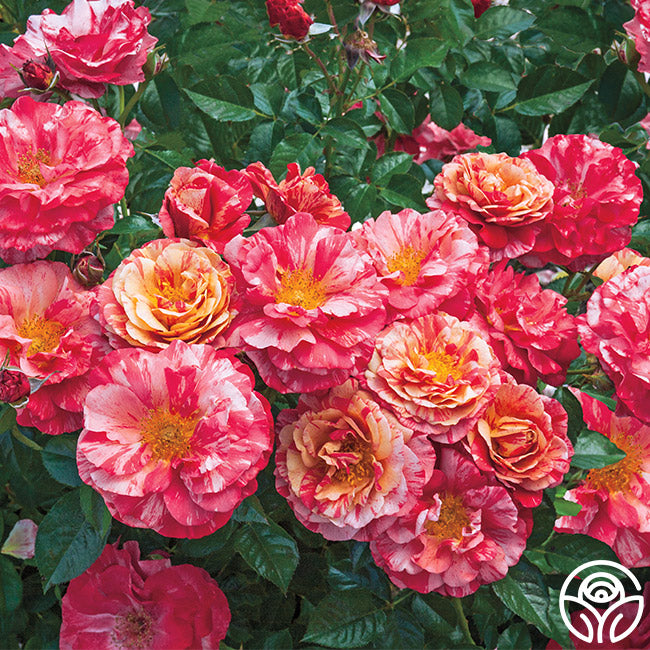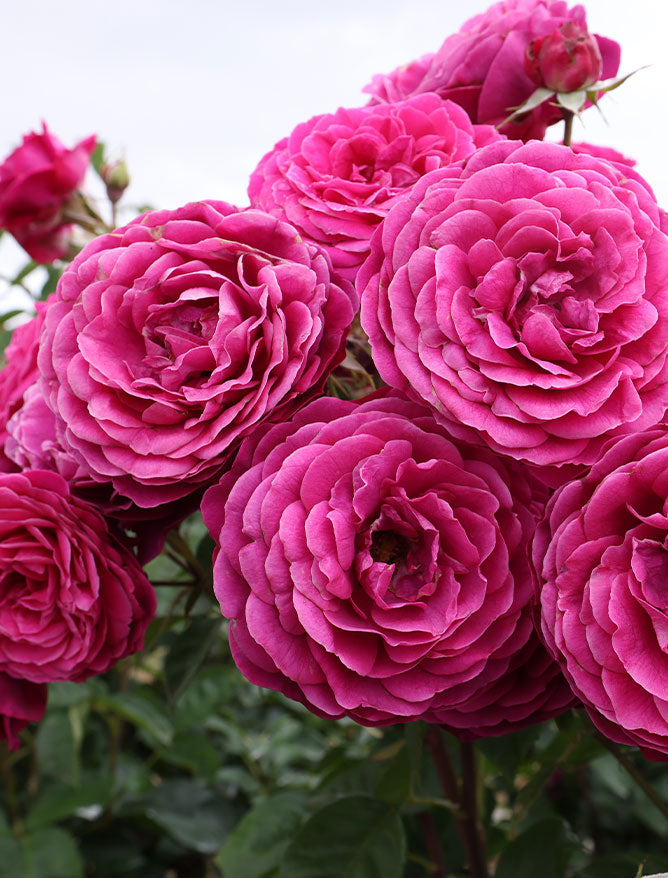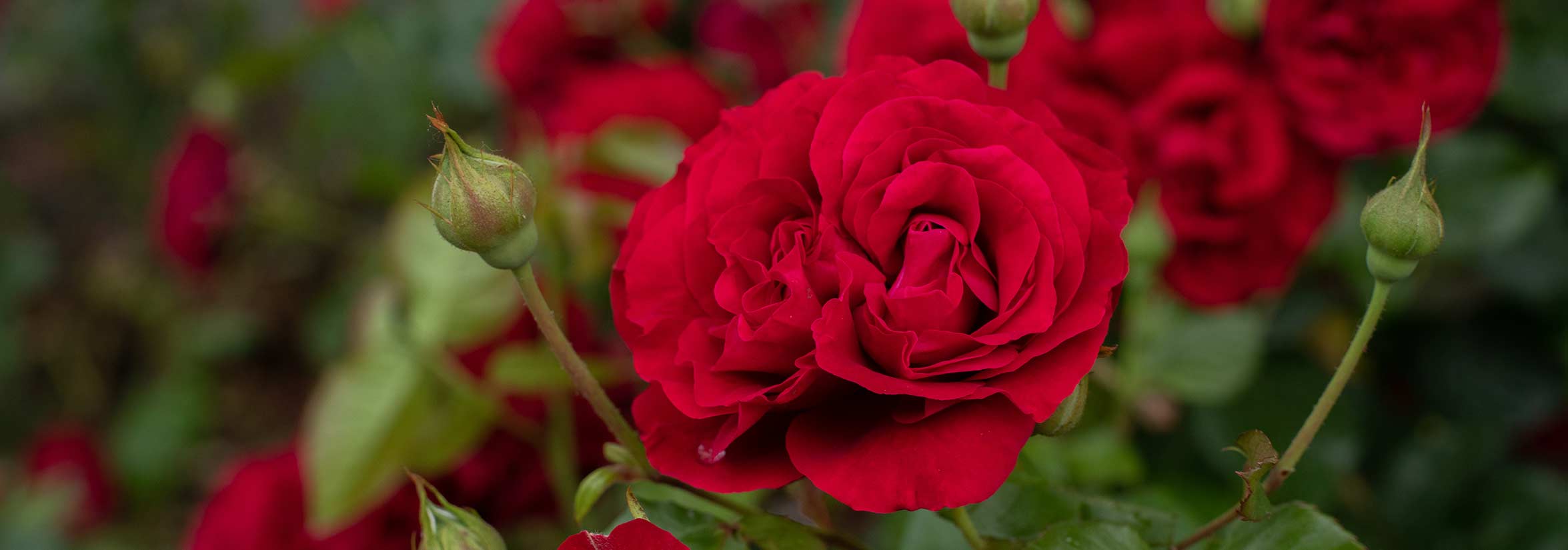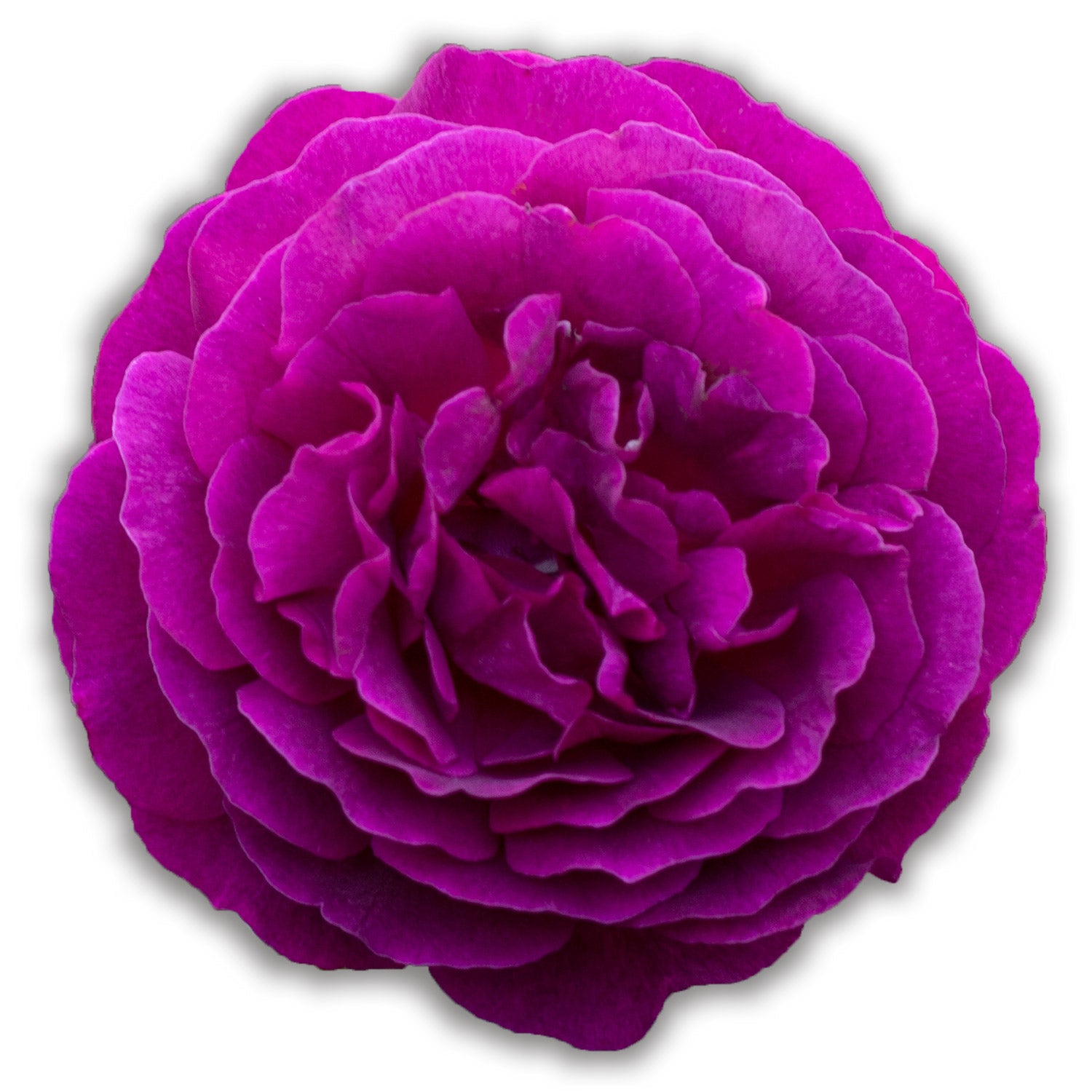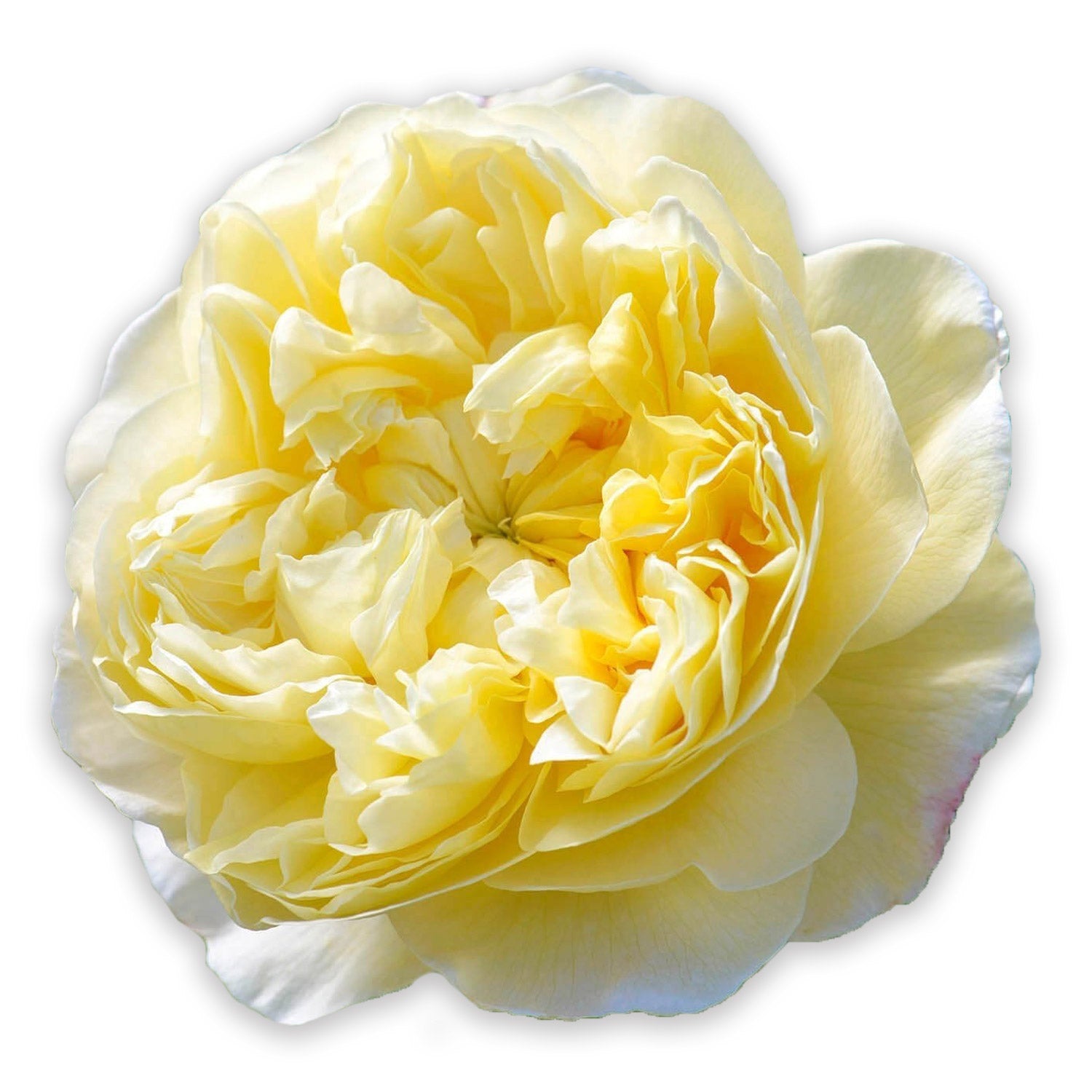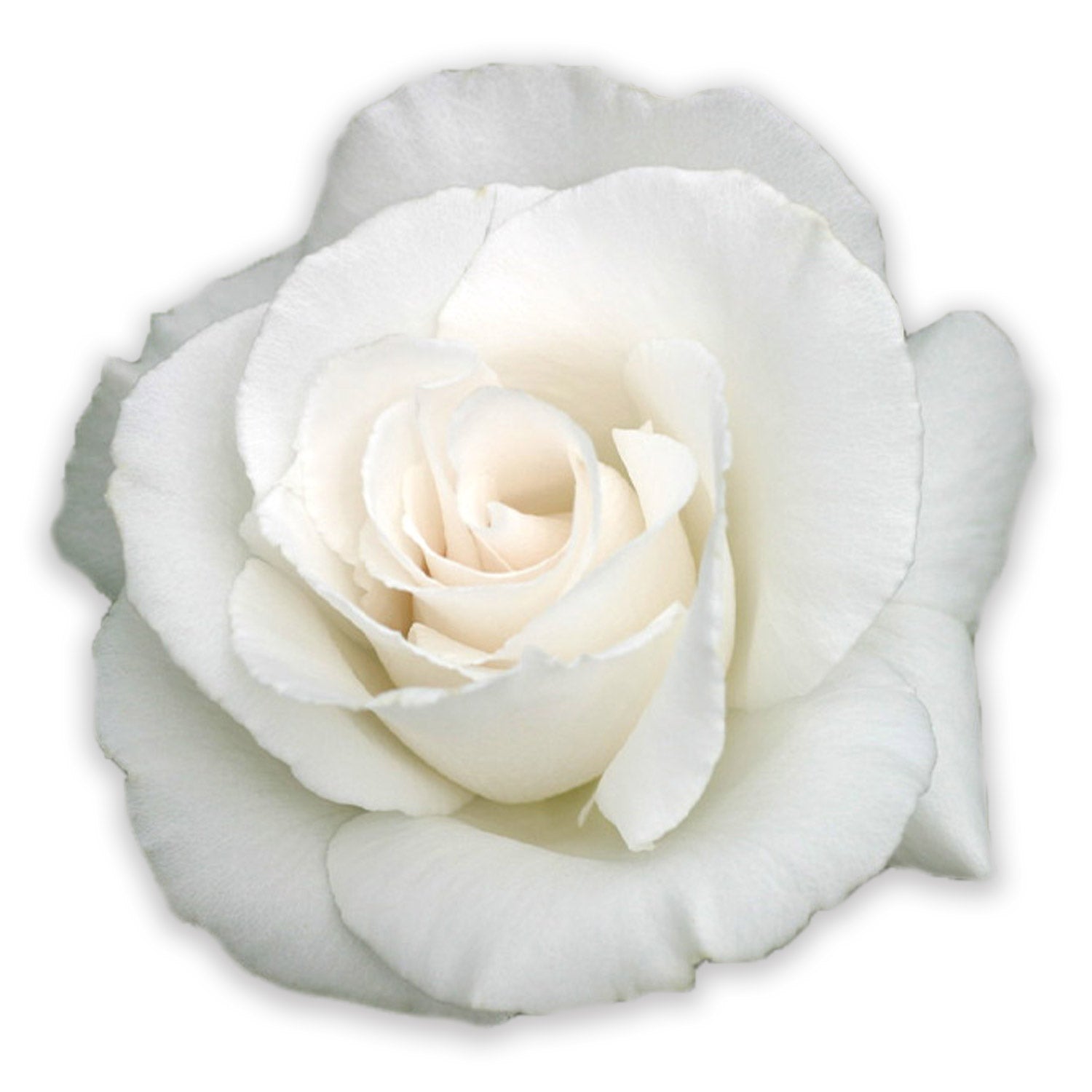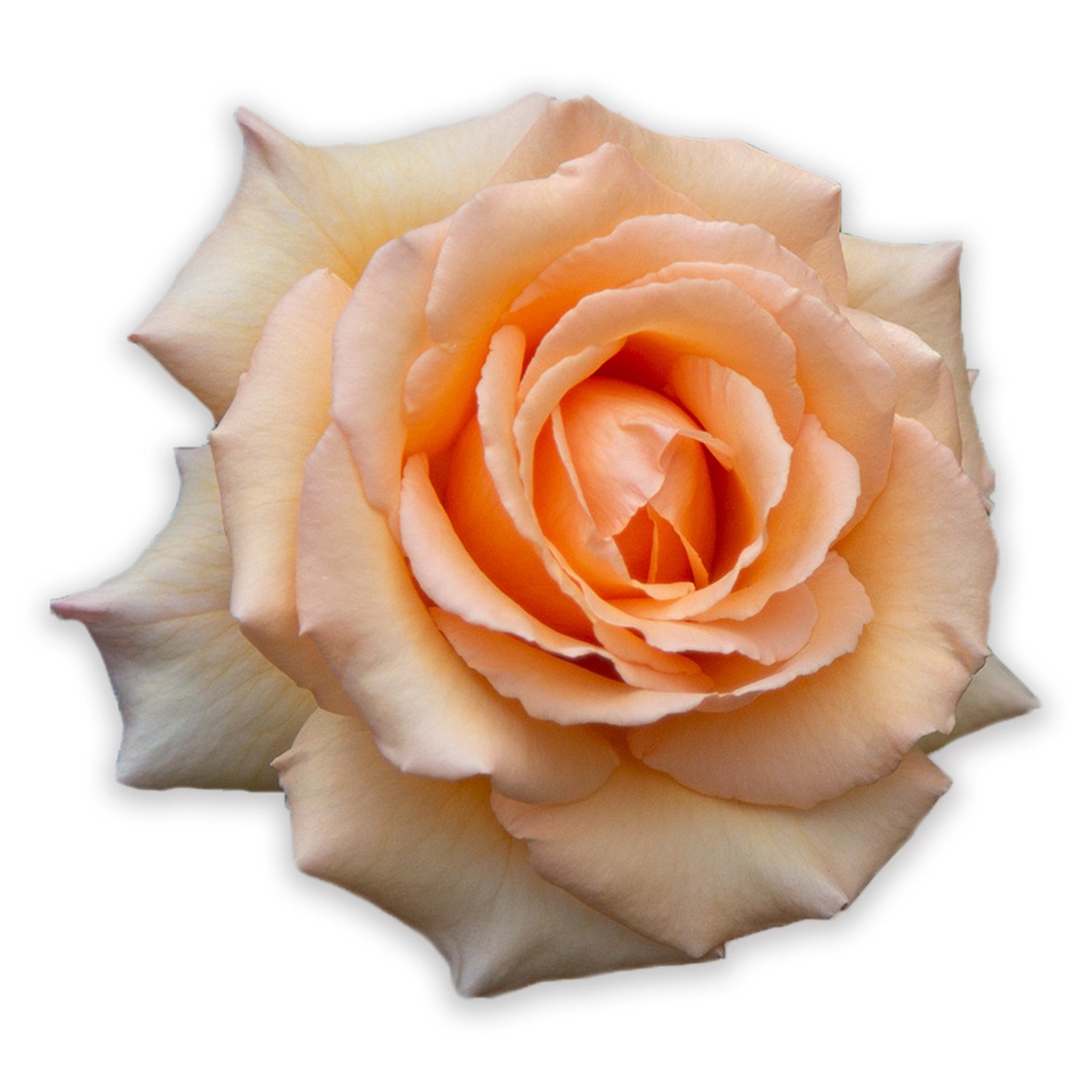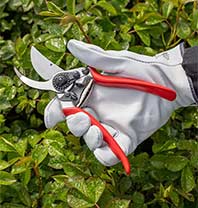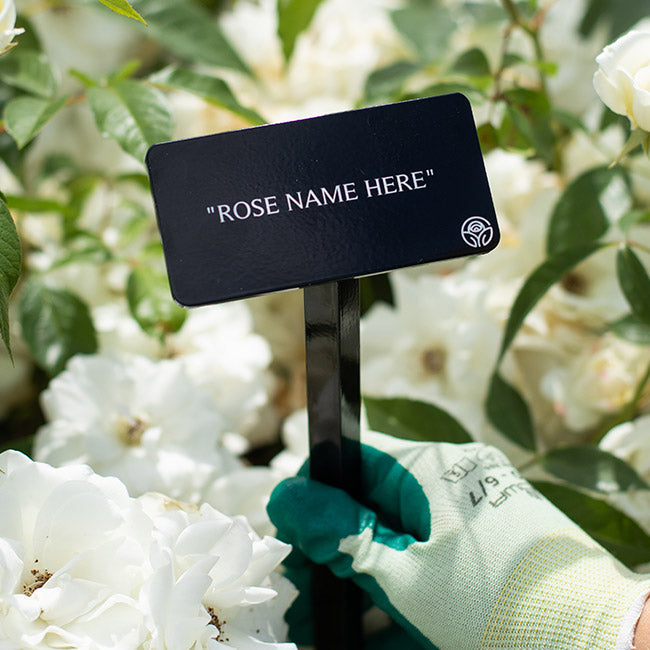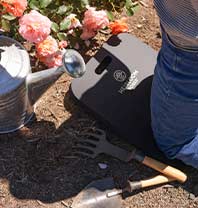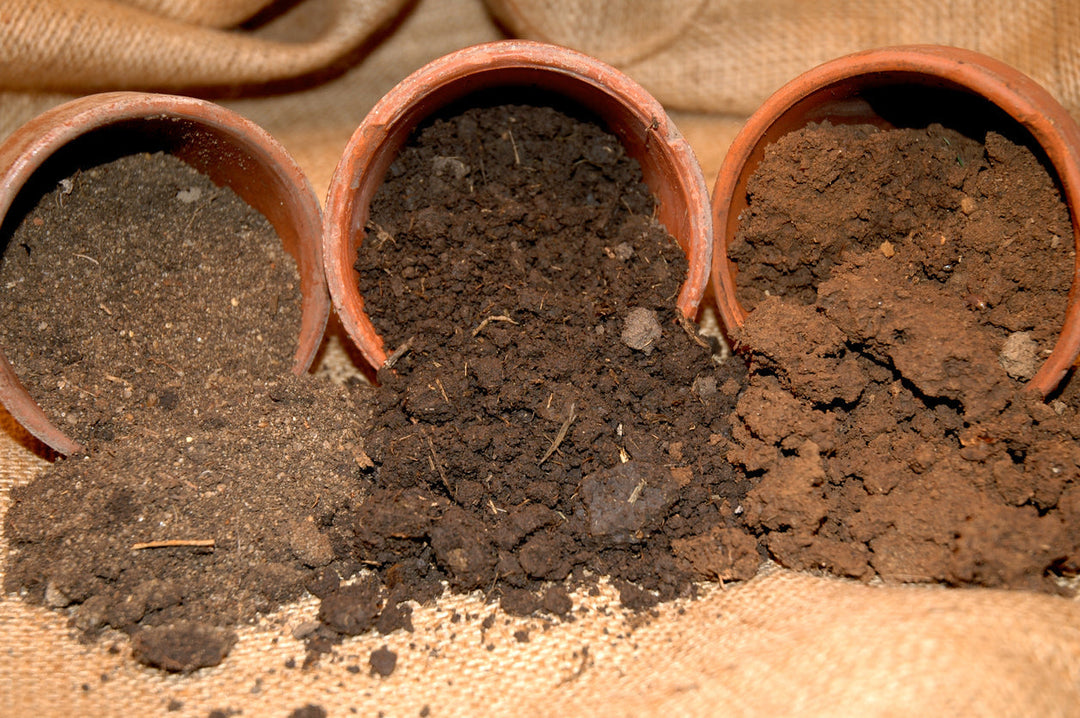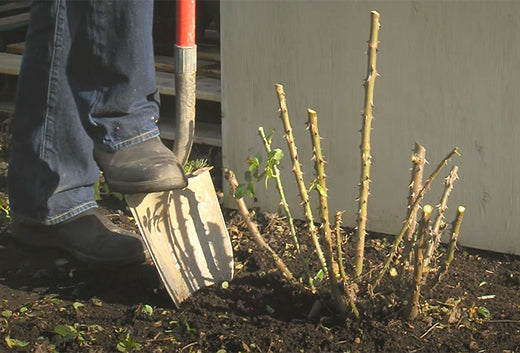Tips for Planting Roses in the Fall
Planting roses in the fall is one of the best ways to set your garden up for success next spring. Cooler temperatures, established garden layouts, and extended root growth make autumn the ideal season to add new roses. In this guide, we’ll cover the benefits of fall planting, how to prepare your roses, and tips to protect them through the winter.
Why Fall Is the Best Time to Plant Roses
-
Cooler weather helps reduce stress on new plants.
-
Roots keep growing into late fall, even as the top of the plant goes dormant.
-
Spring head start – roses planted in fall establish more quickly and bloom earlier the following year.
-
Garden planning advantage – in fall, you can see where perennials and other plants are established, making it easier to choose the right spot for your roses.
🌹 Pro tip: “The best time to plant roses is in the fall. The second-best time is today.” – Heirloom Roses Team
Fall Planting vs. Spring Planting
The process of planting roses is largely the same in both seasons:
-
Choose well-drained soil.
-
Follow proper planting instructions.
-
Apply Omnimeal and Founders Fish Fertilizer (a fertilizer combo that will be gentle on the plants during Fall growing season) to encourage healthy growth.
In fall, roses continue developing strong root systems before going dormant, ensuring faster growth in spring.
Bare Root vs. Own Root Roses
-
Bare Root Roses: Only planted in early spring. They require time to break dormancy.
-
Own Root Roses: Can be planted almost any time of year. In fall, aim to plant six weeks before your first frost to give roots time to establish.
👉 Use Heirloom Roses’ zone finder tool by entering your zip code to determine your frost dates and planting window.
How to Protect Roses Planted in Fall
In Milder Zones (7 and above):
-
Add a layer of mulch around the base to protect roots.
In Colder Zones (6 and below):
-
Plant at least six weeks before your first frost.
-
Mound mulch heavily around the base of the plant.
-
Don’t worry about dieback – own-root roses will regenerate new shoots in spring.
Should You Prune Fall-Planted Roses?
No heavy pruning is needed. Simply:
-
Snip off any buds before winter.
-
Wait until late winter/early spring (around February) for regular pruning.
Fertilizing Roses in the Fall
-
Avoid granular fertilizer on new roses – it’s too strong.
-
Use liquid fertilizer up until your last frost date.
-
This provides gentle nutrition without leaving excess concentrate in the soil.
Where Fall Planting Works Best
Fall planting is particularly advantageous in:
-
California, Arizona, and southern states – cooler fall temps are perfect for establishing roses without harsh winter damage.
-
Mild climates – fall gives roses a jumpstart while avoiding spring planting rush.
Choosing the Right Rose Varieties for Fall
Some recommended favorites for fall planting:
-
Parfuma® Earth Angel – perfect for cut flowers, with soft, romantic blooms.
-
Parfuma® Madame Anisette™ - a disease-resistant Kordes rose with elegant blossoms.
Final Thoughts
Planting roses in the fall ensures they establish strong roots, thrive through winter, and burst into life with earlier, stronger blooms in the spring. Whether you’re filling bare spots in your garden or planning a new cut-flower bed, autumn is the ideal season to plant.
For our entire collection of roses to plant in the fall, visit this link to shop our varieties!


